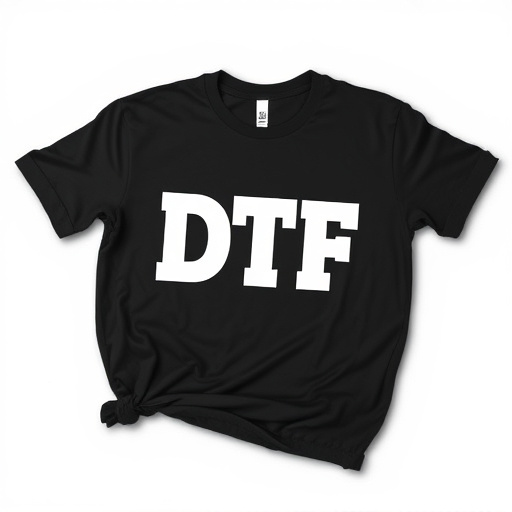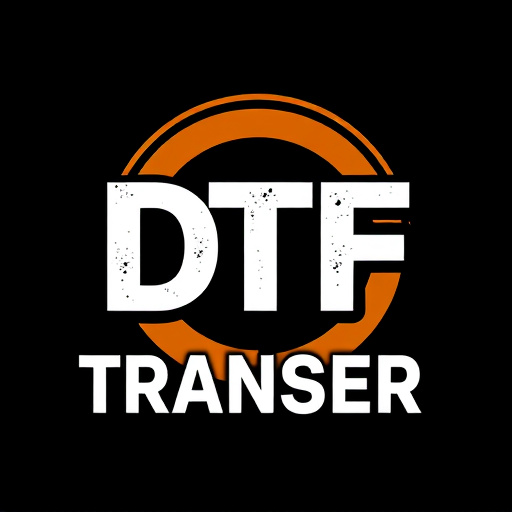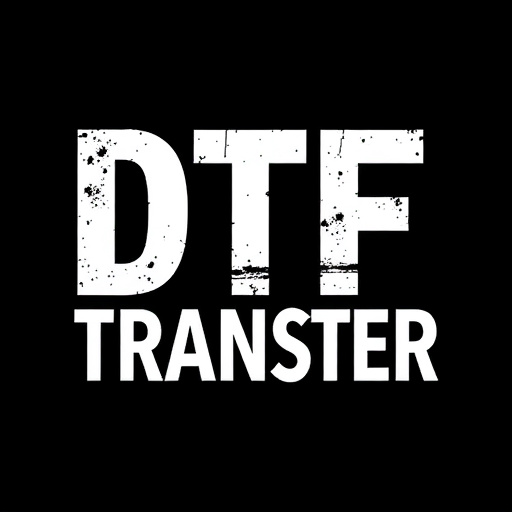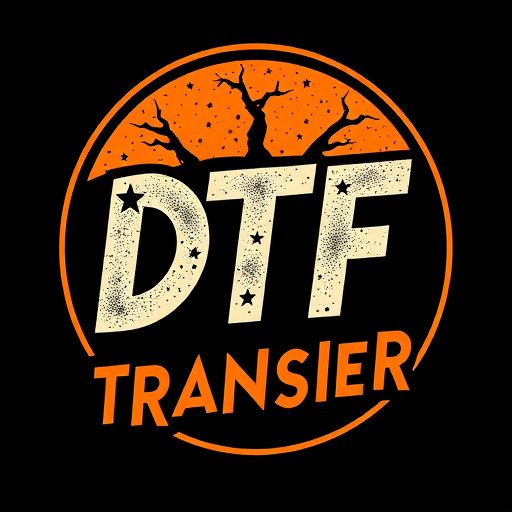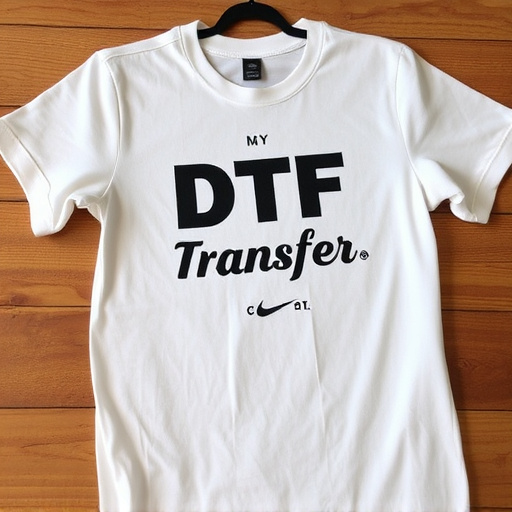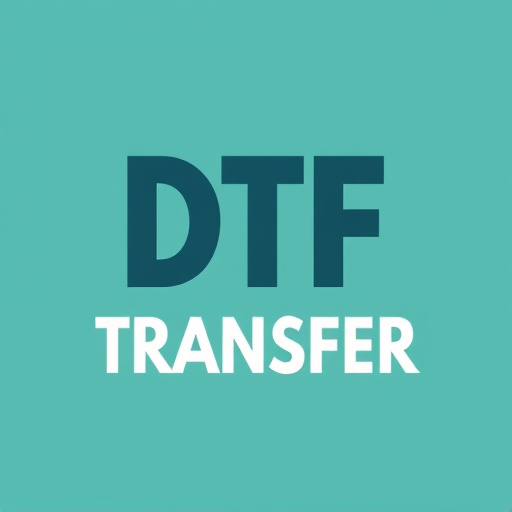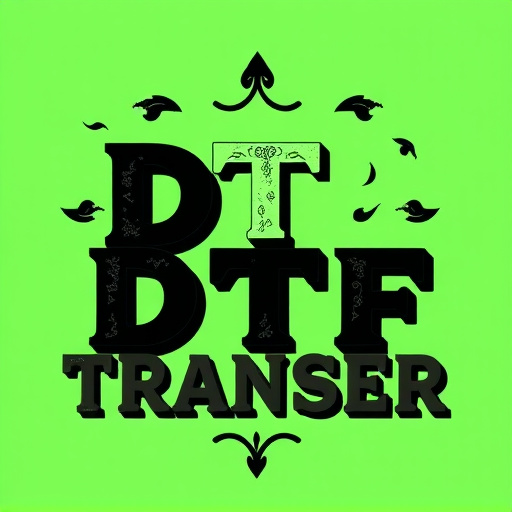Direct-to-Film (DTF) transfer revolutionizes film distribution by enabling local providers to offer content directly to audiences via home theaters or community cinemas, skipping traditional channels. This process uses advanced encoding for superior picture quality, enhancing the cinematic experience for visual connoisseurs and democratizing access to independent films. Local DTF transfers enrich cultural offerings, safeguard memories, and eliminate shipping risks. Research providers through community connections and online reviews, focusing on credentials, pricing, and positive customer testimonials. Select a service based on quality, cost, and turnaround time, prioritizing high-definition equipment and positive reviews for optimal image and audio quality. The meticulous DTF transfer process includes inspection, cleaning, scanning, digital processing, and assembly into a continuous digital file suitable for modern viewing platforms.
In today’s digital age, preserving cherished memories through home movies is easier than ever with Direct-to-Film (DTF) transfer services. This innovative process allows you to convert your beloved film reels into high-quality digital formats, ensuring lasting accessibility and preservation. Understanding DTF transfers opens doors to a local service ecosystem dedicated to enhancing your cinematic legacy. By choosing reliable providers in your area, you embark on a journey to revitalise and safeguard memories captured on film.
- Understanding Direct-to-Film Transfer (DTF): Unlocking Local Services
- The Benefits of Using Local DTF Providers for Your Home Movies
- Identifying Reliable DTF Transfer Companies in Your Area
- What to Consider When Choosing a DTF Service: Quality, Cost, and Turnaround Time
- The Process: From Film to Digital Format – Step-by-Step Guide
- Preserving Memories: Tips for Optimizing Your Old Films' Digital Conversion
Understanding Direct-to-Film Transfer (DTF): Unlocking Local Services
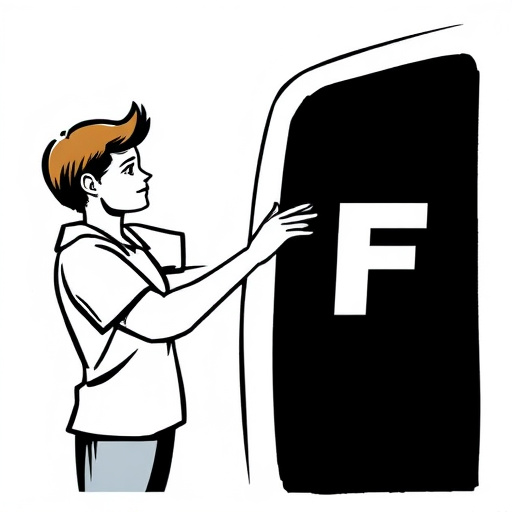
Direct-to-Film Transfer (DTF) is a cutting-edge service that allows customers to bypass traditional distribution channels and have their films transferred directly from source to local screens, such as home theaters or community cinemas. This innovative process streamlines the path from content creation to consumption, offering several advantages. By leveraging DTF technology, local providers can unlock a wealth of opportunities, including access to independent and niche films that might otherwise be hard to acquire through conventional means.
Moreover, DTF transfers ensure superior picture quality due to the advanced encoding techniques employed. This enhances the cinematic experience for audiences, especially those who value high-fidelity visuals. Local direct-to-film transfer providers play a pivotal role in shaping diverse and vibrant film scenes by facilitating access to a wide range of content, from classic films to independent productions, thereby enriching cultural offerings in customers’ areas.
The Benefits of Using Local DTF Providers for Your Home Movies

Using local direct-to-film (DTF) transfer providers for your home movies offers numerous advantages that can significantly enhance your experience. Local DTF services provide a personal touch, often involving experts who are passionate about preserving memories. They understand the unique value of each customer’s footage and tailor their processes to ensure the highest quality digital transfer. This local focus also means they’re usually more responsive to your needs and preferences.
Additionally, employing these providers supports your community, fostering a sense of connection between neighbors. It allows you to keep your home movies close to home, literally, and enjoy them for generations to come without worrying about the potential loss or damage that can occur during shipping or digital uploads. Local DTF transfer services are an excellent choice for those who value both quality and community engagement when preserving their cherished memories.
Identifying Reliable DTF Transfer Companies in Your Area
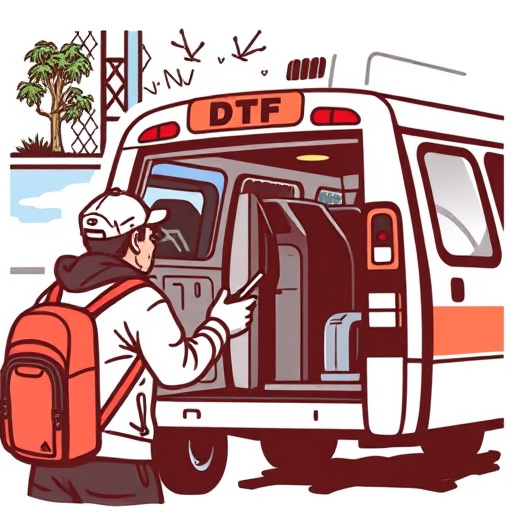
When looking for reliable direct-to-film (DTF) transfer companies in your area, start by asking around within your community. Word-of-mouth recommendations from friends, family, or local business associates can be invaluable. Check online review platforms and local forums to gather insights from others’ experiences. This initial research will help you create a shortlist of potential providers.
Additionally, verify their credentials, licenses, and insurance to ensure they meet industry standards. Look for companies that offer transparent pricing structures and are willing to answer your questions openly. Reputable DTF transfer providers should be able to provide case studies or testimonials from satisfied customers, demonstrating their expertise and quality of service.
What to Consider When Choosing a DTF Service: Quality, Cost, and Turnaround Time

When selecting a direct-to-film (DTF) transfer service, quality is paramount. Look for providers that use high-definition equipment and offer crisp, clear images and audio. Check reviews and ask for samples to gauge the overall picture and sound quality of their transfers.
Cost is another key factor in choosing a DTF service. Compare pricing from different providers, keeping in mind that you often get what you pay for. Consider not only the upfront cost but also any additional charges for extras like specialized formats or rushed deliveries. Faster turnaround times usually come at a premium, so weigh your needs against the extra expense to ensure you find a balance that suits your budget and timeline.
The Process: From Film to Digital Format – Step-by-Step Guide
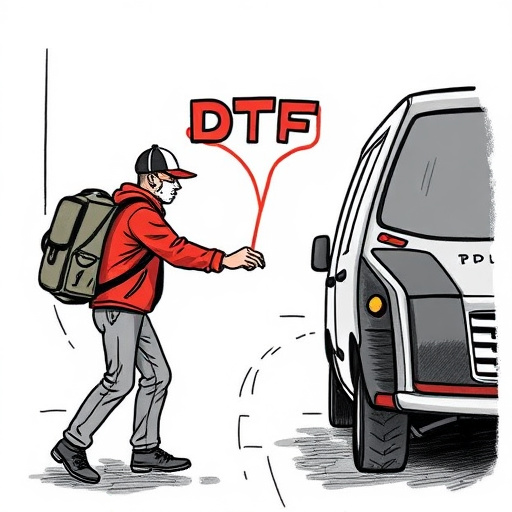
The process of transferring film to a digital format, often referred to as a DTF (Direct-to-Film) transfer, involves several precise steps to ensure optimal results. It begins with the collection and inspection of the physical film, which could be 35mm, 16mm, or even 8mm. The film is carefully cleaned to remove any dirt or debris that might affect the quality of the digital copy.
Next, a high-quality scanner is used to capture the image from the film frame by frame. This process demands expertise and specialized equipment to maintain the original colors, contrast, and clarity. Each frame is then digitally processed to correct for any imperfections and adjust the color balance. Finally, the individual frames are assembled into a continuous digital file, ready for viewing or editing in modern formats like DVD, Blu-ray, or digital streaming platforms.
Preserving Memories: Tips for Optimizing Your Old Films' Digital Conversion
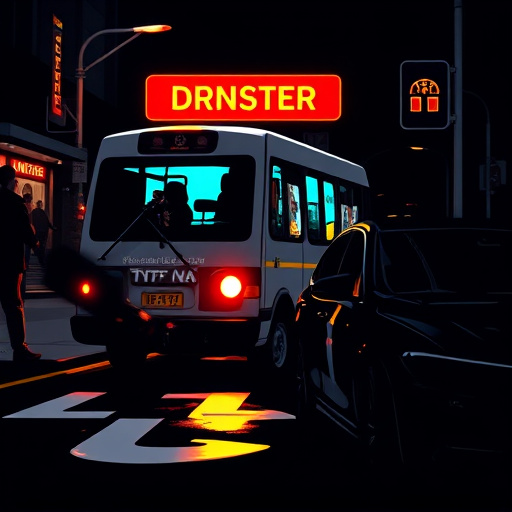
Converting old films into digital formats is an exciting way to preserve memories, but it requires careful consideration to ensure optimal results. When choosing a local direct-to-film (DTF) transfer provider, look for professionals who understand the intricacies of this process. They should have the right equipment and expertise to handle various film types and formats, ensuring your cherished footage is accurately replicated.
Here are some tips to optimize the conversion: start by evaluating the condition of your films. Repair or clean them if necessary before transfer. Consider the desired resolution; higher resolutions capture more detail but may result in larger file sizes. Discuss color correction and grading options with your provider to enhance the visual quality. Lastly, ask about metadata preservation to maintain information like filming dates and locations, adding context to your digitized memories.








